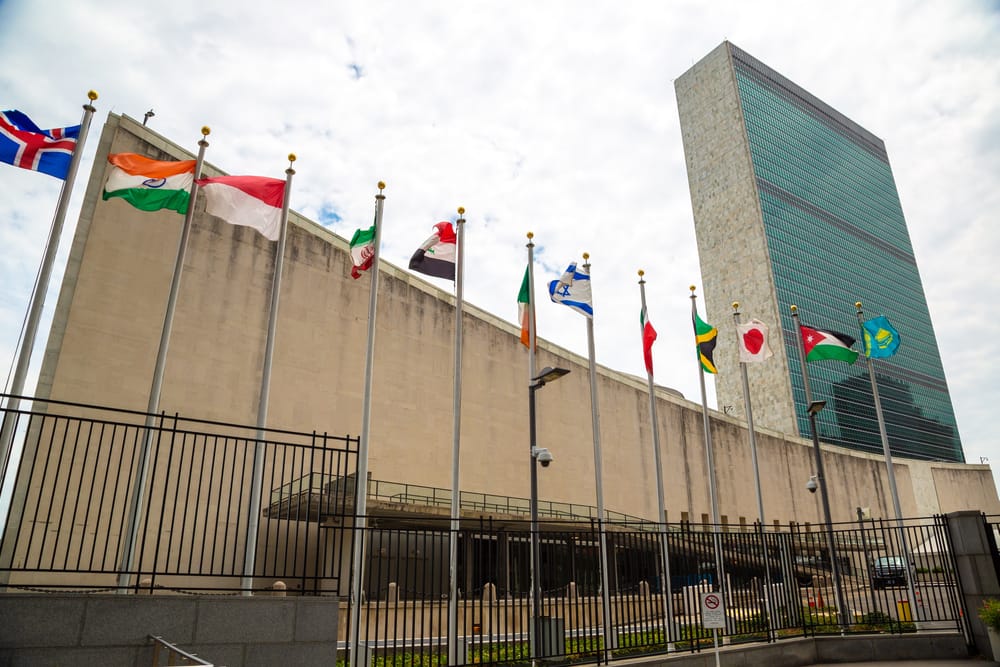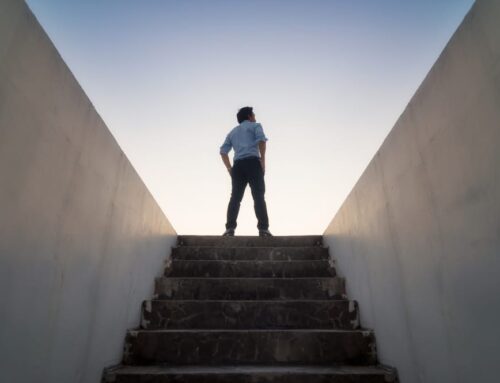How Can an Inmate Experience Reform If They Spend Their Sentence in Solitary Confinement?

Solitary confinement is a punishment method that humans have used on each other for thousands of years. However, research performed throughout the past several decades has displayed just how harmful solitary confinement is and how ineffective it is as a way to improve safety and reform criminal offenders.1
What Is Solitary Confinement?

Definitions vary from state to state, but the basic idea of solitary confinement is to take an inmate and sequester them in a confined location away from other humans. Policies on how solitary confinement is implemented vary from prison to prison, but the features of solitary confinement typically include:
- Being confined by oneself for 22 to 24 hours per day
- Restricted access to reading material and other property
- Inadequate access to medical and mental health treatment
- Limited contact with other humans, including inmates, prison guards, and other staff
- Infrequent phone calls, extremely limited family visits, and little to no contact with the outside world
- Extremely limited access to educational and rehabilitative care (the features of prisons that actually help prisoners)
Solitary confinement, as it’s applied in U.S. prisons, began its surge in the early 1970s. It was used then as a way to improve safety within prisons, as a way to punish prisoners, and as a threat to gain compliance. By 1985, solitary confinement had become widespread. By the turn of the century, most states had adopted solitary confinement in super-maximum security prisons.
Today, the harmful effects of this punishment tactic are becoming well known, and prisoner rights advocates are calling for safer, healthier, and more humane ways of handling prisoners.
Why Are People Placed in Solitary Confinement?
Solitary confinement began as an effort to separate extremely dangerous prisoners from the general population, particularly following a fight or other violent outbreak between prisoners or between prisoners and prison guards. Now, the list of infractions that can send an inmate to solitary confinement continues to grow. From talking back to a guard to being caught with cigarettes, inmates are increasingly likely to spend time in solitary due to such confinement becoming a “catch-all” punishment for bad behavior.
Is Solitary Confinement a Form of Punishment or a Safety Precaution?
The issue of how solitary confinement is used is the most important factor within the solitary confinement debate. In some circumstances, inmates actively posing a severe risk to themselves or others must be confined. However, the use of solitary confinement has surged in recent years, not necessarily because violence in prisons has surged, but because prison officials increasingly use solitary confinement as a form of punishment or an obedience tool.
What Is the Scope of Solitary Confinement in the U.S.?
According to a report published by the U.S. Department of Justice, an estimated 122,000 men, women, and children on any given day are held in solitary confinement, a figure that reflects at least one in every 20 incarcerated people in the nation. Some are held in solitary for short periods, whereas others spend years, sometimes even decades, confined by themselves.2
How Much Does Solitary Confinement Cost?

Solitary confinement has become an extremely expensive band-aid that prison officials use to manage their incarcerated populations. According to one report, holding a prisoner in solitary confinement costs about $75,000 per year, about triple the cost of incarcerating an inmate within the general population for one year. Multiple state legislatures have introduced legislation to either remove or significantly reduce solitary confinement, with each plan predicting significant savings that would be passed onto taxpayers.3
What Are the Physical Health Impacts of Solitary Confinement?
Solitary confinement affects each inmate differently. But given that caveat, it is known that most inmates held in solitary for extended periods face adverse physical effects from it. One study that examined hundreds of prisoners held in solitary confinement in Washington State found a link between solitary confinement and skin irritations, weight fluctuations, musculoskeletal pain, and several other untreated and mistreated chronic conditions associated with the restrictive policies of solitary confinement.4
What Are the Mental Health Effects of Solitary Confinement?
While there remains a great deal of work to be done to understand the full scope of physical harm caused by solitary confinement, there is more than enough information indicating serious mental and psychological harm brought on by such confinement. Quoting one report that examined the harm, “Medical research shows that the denial of meaningful human contact can cause ‘isolation syndrome’, the symptoms of which include anxiety, depression, anger, cognitive disturbances, perceptual distortions, paranoia, psychosis, self-harm and suicide. Prolonged isolation can destroy a person’s personality and their mental health and its effects may last long after the end of the period of segregation.” Prisoners may experience this harm in different ways, but the report’s authors suggested everyone who is placed in solitary confinement is at risk for serious mental harm.5
What Are the Long-Term Effects of Solitary Confinement?
“Life in restrictive housing has been well-documented by inmates, advocates, and correctional officials. In some systems, the conditions can be severe; the social isolation, extreme. At its worst, and when applied without regard to basic standards of decency, restrictive housing can cause serious, long-lasting harm…”
According to the Justice Department’s own reports, solitary confinement places inmates at risk for long-term harm. “The stakes are high,” writes one group of DOJ researchers. “Life in restrictive housing has been well-documented by inmates, advocates, and correctional officials. In some systems, the conditions can be severe; the social isolation, extreme. At its worst, and when applied without regard to basic standards of decency, restrictive housing can cause serious, long-lasting harm. It is the responsibility of all governments to ensure that this practice is used only as necessary—and never as a default solution.” That report’s authors went on to identify how solitary confinement produces more harm than benefit except in very rare, specific circumstances.6
Why Has the United Nations Committee Against Torture Repeatedly Identified Solitary Confinement as Torture?

Photo by Sergii Figurnyi/Shutterstock.com
Multiple international bodies have published reports identifying solitary confinement as a human rights violation and a form of torture. The United Nations is just one of these international bodies, though it’s the most recognized. In 2015, the U.N. passed the Standard Minimum Rules for the Treatment of Prisoners, generally known as the Mandela Rules, which restricts the use of solitary confinement as a measure of absolute last resort, something that is only to be used in exceptional and very specific circumstances. Further, the U.N. identified solitary confinement as a form of torture due to the now irrefutable evidence that such confinement produces long-term, sometimes permanent physical and mental harm in prisoners.7
Prisons Must Provide Effective, Evidence-Based Rehabilitation Modalities to Help Prisoners Reform
Confining prisoners to solitary conditions for long durations is counterproductive to helping offenders experience real reform and a cessation of criminal activity and inclination. In fact, given the severe mental, psychological, and emotional harm caused by solitary confinement, one must consider the risks for further criminal inclination that is being planted in the mind of an incarcerated person as a result of being made to undergo long-term solitary confinement.
The way to produce reformed, ethical, upstanding, peaceful, and responsible former offenders is to ensure they receive rehabilitation and educational programming while in prison. Using solitary confinement as an administrative tool or punishment threat doesn’t lead to reformed offenders. It leads to more harm and a furtherance of the vicious cycle that is crime and incarceration.
Sources:
- AFSC. “Solitary Confinement Facts.” American Friends Service Committee, 2024. afsc.org
- USDOJ. “Restrictive Housing in the U.S.” United States Department of Justice, 2016. ojp.gov
- S.W. “Solitary Confinement in the United States: The Facts.” Solitary Watch, 2024. solitarywatch.org
- NLM. “The body in isolation: The physical health impacts of incarceration in solitary confinement.” National Library of Medicine, 2020. ncbi.nlm.nih.gov
- PRI. “Solitary confinement.” Penal Reform International, 2024. penalreform.org
- USDOJ. “Report and Recommendations Concerning the Use of Restrictive Housing.” United States Department of Justice, 2017. justice.gov
- UNC. “The Nelson Mandela Rules: Protecting the Rights of Persons Deprived of Liberty.” The U.N. Chronicle, 2024. un.org




